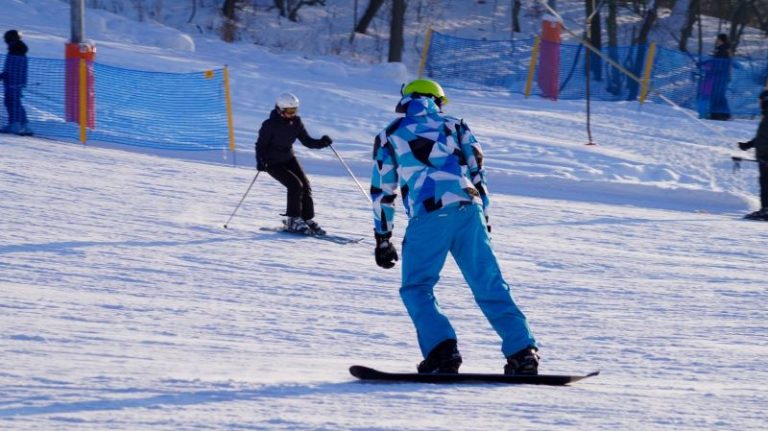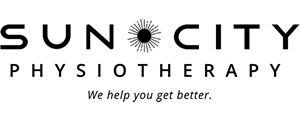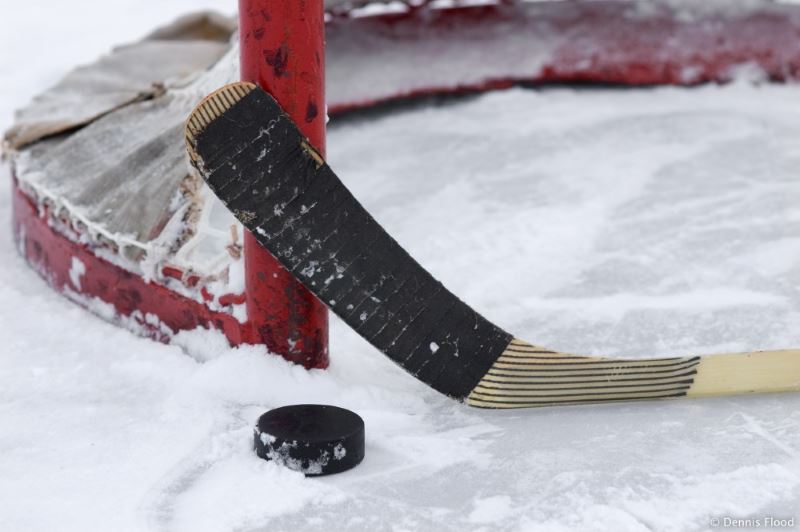
Skiing and Snowboarding
Skiing and Snowboarding
Ski and snowboard season is here!
I’m sure many of you skiers out there have already started to dust off your equipment, check the daily snow report and maybe even head to the mountain for some early season skiing.
We are fortunate in Kelowna to have so many great ski resorts nearby. Skiing and snowboarding are great ways to get some fresh air and exercise when it can be a challenge to stay active in Kelowna through the fall and winter. This is especially true lately when it has been so wet, cold and dark outside. Since most outdoor activities have wrapped up for the summer, I think that this is the perfect time of year to start conditioning your body in preparation for the upcoming ski season, if you are not already doing so. A good exercise program which addresses core and hip stability, balance, flexibility, muscle endurance and aerobic conditioning will go a long way to help improve your endurance and technique on the mountain to help you get the most out of your season.
If you are currently recovering from an injury or if you have just been sedentary for some time and are noticing a lack of strength, balance, range of motion or overall conditioning, it can be very useful to engage in a progressive rehabilitation exercise program prior to doing something more demanding on your body, like hitting the slopes for the day.
In the clinic, it is not uncommon to see overuse or traumatic injuries pop up as a result of unresolved muscle weakness, due to injury or sedentary behaviour, followed by more demanding or intense exercise. This excessive demand could come from lifting very heavy weights, running too fast or too far, attending an advanced exercise class or participating in a full day of winter activities. While the above examples may very well be a realistic long term goal, you may be putting your body at an increased risk of injury if you engage in an activity that your body is not adequately prepared for.
Exercise needs to be consistent and frequent, rather than all or none. Set a goal to exercise small amounts each day. An exercise program should include a combination of core stability, strengthening, stretching, balance training and aerobic conditioning.
If you are currently recovering from an injury or if you have been inactive for some time and are not sure where to begin, a physiotherapist can help get you on the right track, by developing a safe and effective individualized home exercise program based on your specific goals and current ability.


